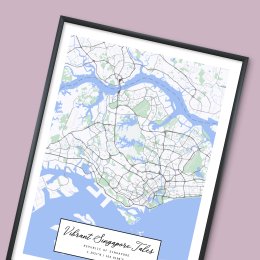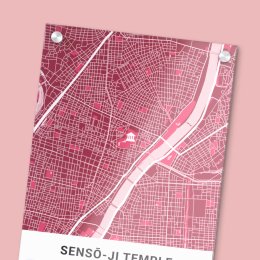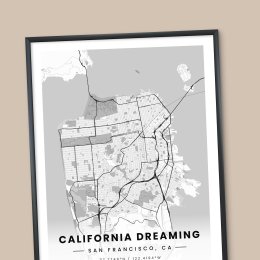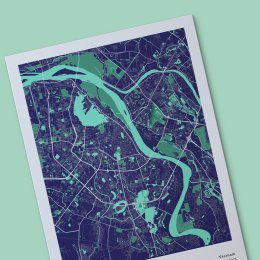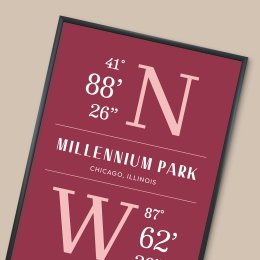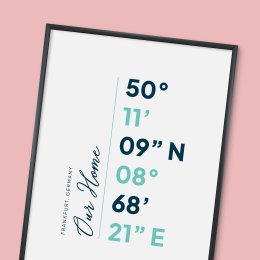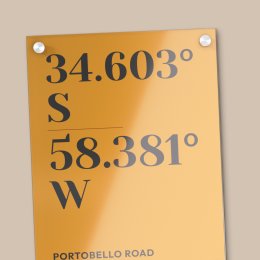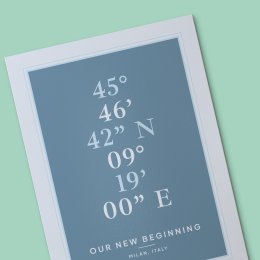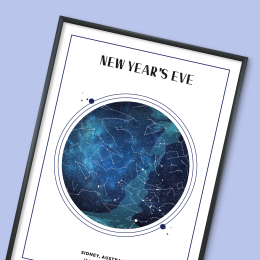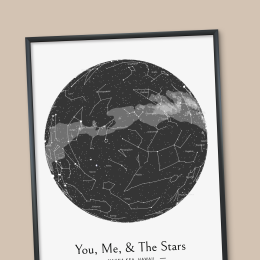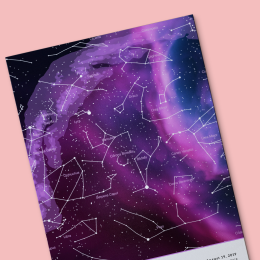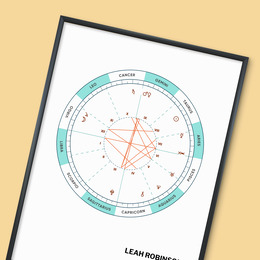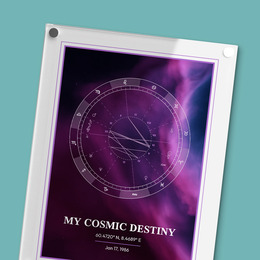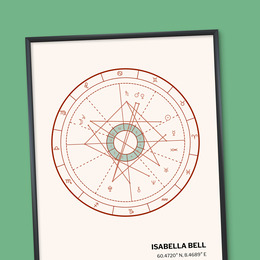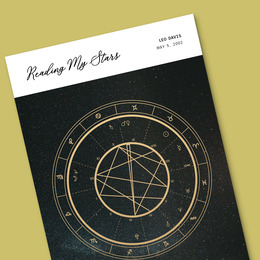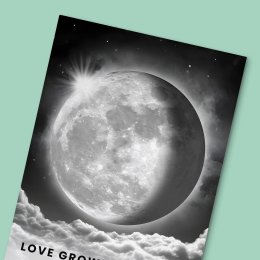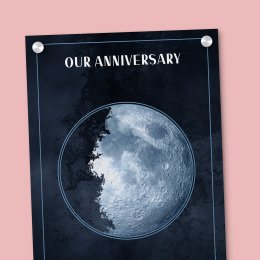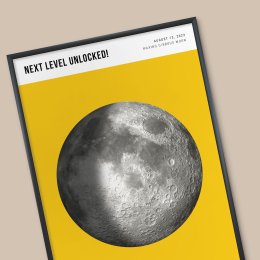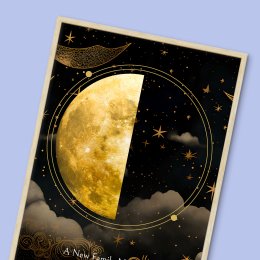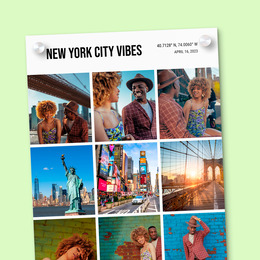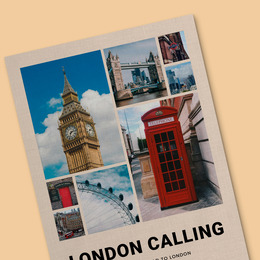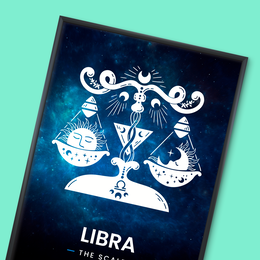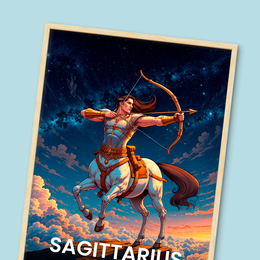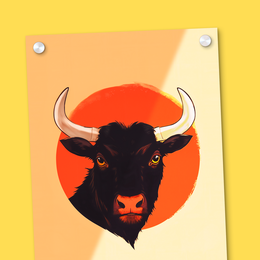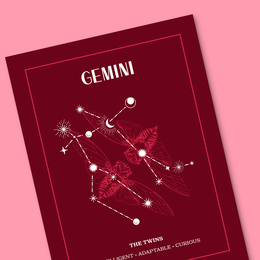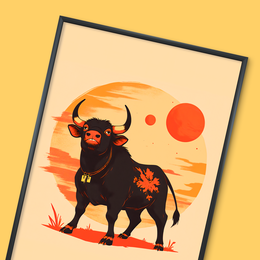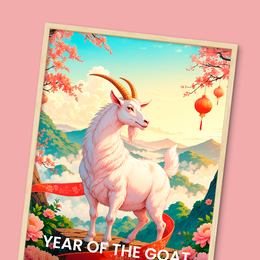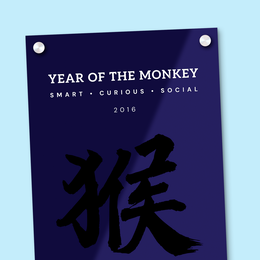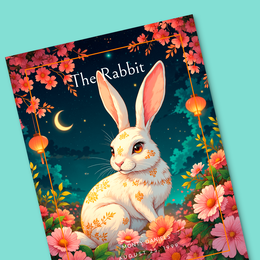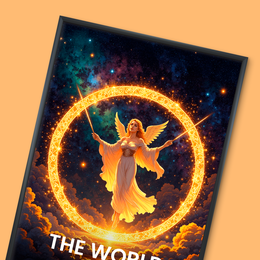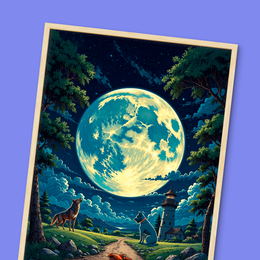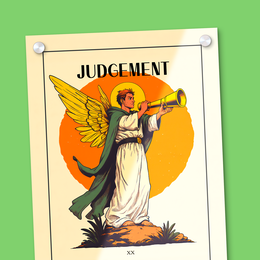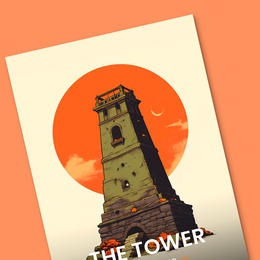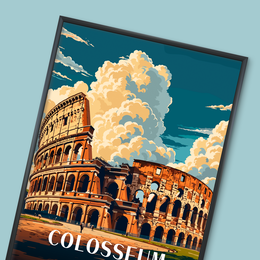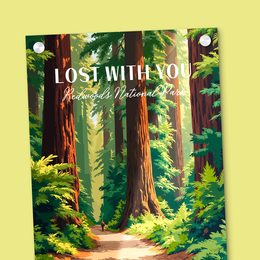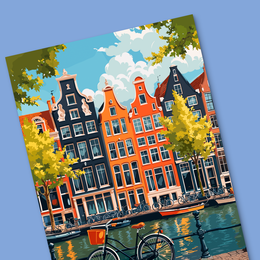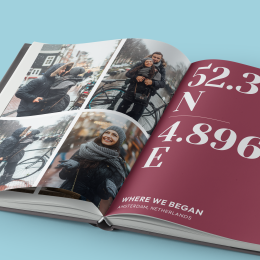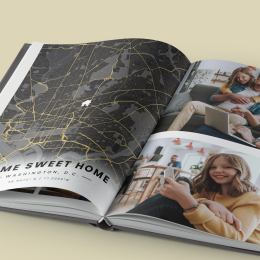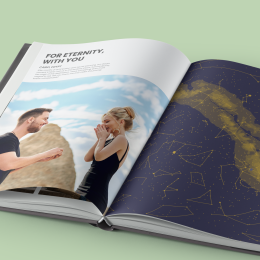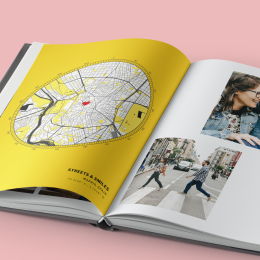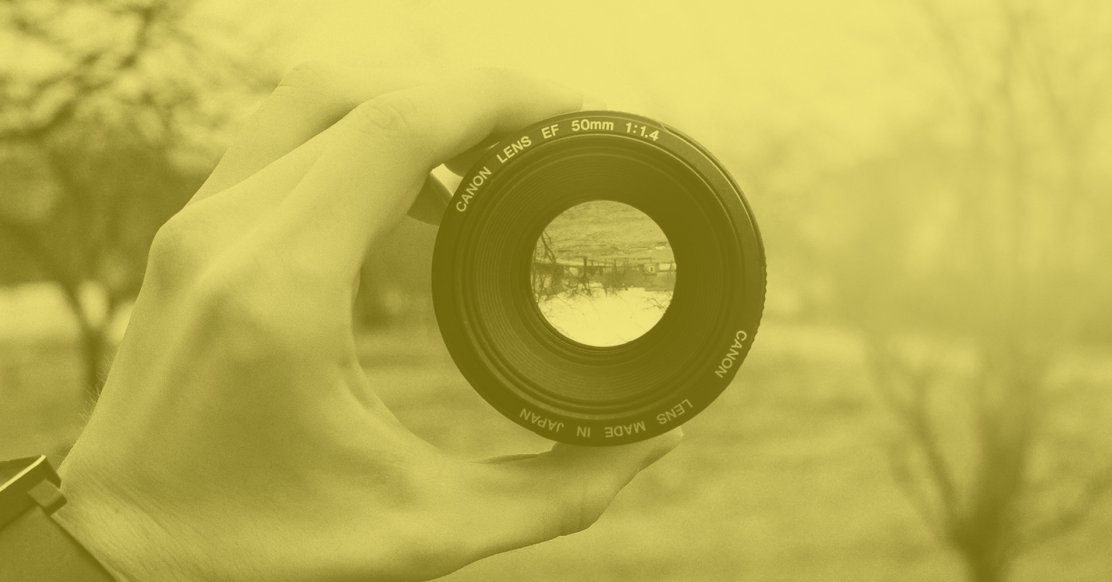
What Is Focal Length? A Comprehensive Photography Guide
Focal length is a fundamental concept in photography, determining the level of zoom and perspective in a lens. It plays a crucial role in how images are captured and how objects appear in the final photograph.
Grasping the concept of focal length is essential for any photographer. This understanding empowers photographers to choose the right lenses for their specific needs, whether it's capturing vast landscapes, intimate portraits, or intricate macro details.
So if you’re into photography, keep reading for tips, tricks, and more! By the end of this article, you'll have a clear understanding of focal length and its practical applications in photography, that’s a promise.
What is Focal Length?
Focal length is a fundamental optical property of a lens that determines its level of zoom and the perspective it provides in photography. It dictates how much of the scene can be captured and how objects appear in terms of proximity.
Focal length is measured in millimeters (mm) and represents the distance between the lens's optical center and the camera's image sensor or film plane when the lens is focused at infinity.
How is Focal Length Measured?
Focal length is typically measured from the optical center of the lens to the image sensor or film plane. It is marked on the lens itself and is commonly found in the lens specifications.
This measurement helps photographers understand the lens's capabilities and allows them to make informed choices when selecting the right lens for a particular photographic task.
Is Focal Length Negative for Convex Mirror?
No, the focal length of a convex mirror is not negative. In fact, it is considered positive. In optics, the focal length is determined based on the mirror's shape and curvature. For a convex mirror, the focal point is considered to be behind the mirror, which results in a positive focal length value.
What Focal Length Is the Human Eye?
The human eye does not have a fixed focal length like a camera lens or a mirror. Instead, the human eye has the ability to adjust its focal length continuously through a process called accommodation.
This allows us to focus on objects at varying distances. The range of focal lengths the human eye can achieve is typically around 22 mm to 24 mm.
What Is Focal Length of a Lens?
The focal length of a lens is a critical optical parameter that determines how the lens bends light and focuses it. It is measured in millimeters (mm) and represents the distance between the lens's optical center and the image sensor or film plane when the lens is focused at infinity.
The focal length of a lens is a key factor in determining its field of view, magnification, and perspective in photography and optics. Different lenses have different focal lengths, which impact how they capture images and their suitability for various photographic tasks.
Types of Lenses Based on Focal Length
-
Wide-Angle Lenses
-
Wide-angle lenses have shorter focal lengths, typically ranging from 8mm to 35mm.
-
They offer a wide field of view and are ideal for capturing expansive landscapes, architecture, and group shots.
-
Wide-angle lenses tend to exaggerate perspective, making objects closer to the lens appear larger, while objects in the distance appear smaller.
-
They are excellent for creating dramatic and immersive compositions.
-
-
Normal Lenses
-
Normal lenses have a focal length that is close to the diagonal measurement of the camera's image sensor or film format.
-
For full-frame cameras, a normal lens is around 50mm.
-
These lenses provide a perspective similar to what the human eye perceives, making them versatile for various types of photography, including street photography and documentary work.
-
They offer minimal distortion and are known for producing images with a natural look.
-
-
Telephoto Lenses
-
Telephoto lenses have longer focal lengths, typically ranging from 85mm to 800mm or more.
-
They are excellent for capturing distant subjects, such as wildlife, sports events, and faraway landscapes.
-
Telephoto lenses compress perspective, making distant objects appear closer together.
-
They are also known for their ability to create a shallow depth of field, allowing the subject to stand out from the background with beautiful bokeh.
-
Impact of Focal Length on Perspective and Image Quality
-
Focal length has a significant impact on perspective. Shorter focal lengths (wide-angle) exaggerate perspective, while longer focal lengths (telephoto) compress it.
-
Wide-angle lenses can introduce distortion, such as barrel distortion, which curves straight lines near the edges of the frame.
-
Longer focal lengths tend to have less distortion and can produce images with minimal distortion.
-
Image quality can vary with focal length. Prime lenses with fixed focal lengths are known for their sharpness, while zoom lenses with variable focal lengths may sacrifice some sharpness for flexibility.
-
The choice of focal length also affects factors like depth of field, which can influence how the background and foreground appear in the final image.
Understanding focal length is essential for photographers because it enables them to select the appropriate lens for their creative vision, control perspective, and achieve the desired image quality.
By mastering the concepts related to focal length, photographers can elevate their craft and capture images that effectively convey their artistic intentions.
Choosing the Right Focal Length for Your Photography
When selecting the right focal length for your photography, several crucial factors come into play.
Subject Matter
Firstly, consider your subject matter, as different subjects may demand specific focal lengths for optimal results. For instance, wide-angle lenses excel in capturing expansive landscapes, while telephoto lenses are better suited for distant wildlife.
Desired Composition
Secondly, your desired composition heavily influences your choice. Whether you want to encompass a broad scene with extensive background details or isolate a specific subject, the focal length can make or break your composition.
Wider focal lengths are ideal for sweeping views, while longer ones help isolate subjects from their surroundings.
Available Space
Another crucial element is the available space. The physical environment in which you're shooting can constrain your choice of focal length. In confined spaces, wide-angle lenses might be necessary to capture the scene adequately, while in larger areas, longer focal lengths can be used without feeling constrained.
Lighting Conditions
Lastly, consider the lighting conditions, as they can affect your choice. In low-light situations, wide apertures and shorter focal lengths are advantageous for gathering more light, making them suitable for indoor or nighttime shooting.
By considering these factors, you can make informed decisions about the ideal focal length for your photography.
Focal Length Use in Various Photography Genres
Different focal lengths shine in different types of photography, depending on a photographer’s desired goals and aesthetics.
In landscape photography, wide-angle lenses (10mm to 35mm) capture sweeping vistas and foreground-background details.
Portrait photographers use a range of focal lengths, from 35mm to 135mm, depending on the desired shot, while wildlife photographers opt for telephoto lenses (200mm and up) to capture distant and elusive subjects.
In sports photography, focal lengths of 70mm to 200mm or more are favored to bring the action closer to the camera and capture fast-moving subjects effectively.
Understanding the relationship between focal length and subject matter is vital for achieving the best results in your chosen genre.
How Focal Length Affects Depth of Field
Depth of field (DOF) refers to the range of distances in a photograph where objects appear acceptably sharp and in focus. In simpler terms, it's the area of the image that appears to be in focus, both in front of and behind the subject that you've focused on.
DOF is a crucial creative tool in photography, allowing you to control what is sharp and what is blurred in your images.
Focal length plays a significant role in determining the depth of field in a photograph. The relationship between focal length and DOF can be summarized as follows:
-
Shorter Focal Length (Wide-Angle): Shorter focal lengths, such as those found in wide-angle lenses, tend to provide a greater depth of field. This means that more of the scene, from foreground to background, will be in focus. Wide-angle lenses are often used in landscape photography where sharpness throughout the frame is desired.
-
Longer Focal Length (Telephoto): Longer focal lengths, typical of telephoto lenses, result in a shallower depth of field. This means that the area in focus is narrower and more selective, with objects in front of or behind the subject becoming progressively blurred. Longer focal lengths are often used in portrait photography to isolate the subject from the background, creating a pleasing background blur known as bokeh.
Examples of Depth of Field at Different Focal Lengths
To illustrate the impact of focal length on depth of field, consider the following examples:
-
Landscape Photography (Wide-Angle): When using a wide-angle lens with a shorter focal length, such as 24mm, you can achieve a deep depth of field. This allows you to capture intricate details in the foreground, like rocks or flowers, while maintaining sharpness throughout the distant background, such as mountains or the horizon.
-
Portrait Photography (Telephoto): In portrait photography, a longer focal length like 85mm is often preferred. This choice results in a shallower depth of field, making the subject stand out prominently against a blurred background. The pleasing background blur, or bokeh, achieved with longer focal lengths is a hallmark of many portrait photographs.
Understanding how focal length affects depth of field is vital for photographers seeking to control the sharpness and isolation of their subjects. Shorter focal lengths provide a broader depth of field, while longer focal lengths create a shallower depth of field.
This knowledge empowers photographers to make informed decisions when choosing lenses and composing their shots, allowing them to achieve their desired creative effects in their photography.
Printing The Perfect Photo Book
MixPlaces is your gateway to transforming your incredible photographs and precious memories into personalized photo books. We understand that life is filled with cherished moments, and our mission is to help you relive them in a way that's uniquely your own.
With complete personalization at your fingertips, you have the creative freedom to design products that reflect your individuality. Not only do we print on museum-grade paper using fade-resistant ink, we also offer multiple customizations that go way beyond chapters, fonts, and chapters.
With our photo book builder, you can turn your stunning photographs into star maps, street maps, and more, allowing you to display not just your gorgeous photographs and most special memories, but also beautiful, one-of-a-kind piece of art directly representing those same moments.
Plus, with fast, free, worldwide delivery and a make-it-right guarantee, your satisfaction is our top priority.
Using MixPlaces is effortless and accessible across all your devices. Our versatile MixPlaces editor is available on your desktop, tablet, or phone, making it easy to craft place-based photo books.
Whether you're documenting family adventures or creating a memory-filled masterpiece, our iPhone and Android apps ensure you can shape your moments from anywhere. The convenience of starting and finishing your project on any device means you can breathe new life into your old photos with ease.
More About MixPlaces
The benefits of selecting MixPlaces are abundant. Our products excel at connecting you with your memories, providing a tangible link to the moments and people you hold dear. We blend data, technology, artificial intelligence, and a people-first approach to transform your cherished memories into art.
Our unwavering commitment to quality ensures excellence in craftsmanship and a seamless experience from start to finish. And if, by any chance, your experience falls short of perfection, our make-it-right guarantee has you covered.
Whether you're a seasoned professional or a photography enthusiast, our platform provides an opportunity to showcase your talent and share your visual stories in a tangible and personalized manner.
Focal Lengths: The Final Perspective
Understanding focal length in photography is paramount to achieving the desired creative effect in your images. It serves as a tool for controlling perspective, composition, and depth of field, ultimately shaping the way your photographs tell a story.
By grasping how different focal lengths impact your shots, you can unlock new dimensions of photographic expression and capture your subjects in ways that resonate with your vision.
Choosing the right focal length is a decision that hinges on a variety of factors, from your subject matter to your desired composition, available space, and lighting conditions. It's an art that photographers must master to craft compelling and impactful images.
Whether you're capturing sweeping landscapes, intimate portraits, dynamic sports scenes, or intricate macro details, the focal length you select will significantly influence the final result. So, take your time, experiment, and discover the focal lengths that resonate with your photography style and vision.
Don't hesitate to step out of your comfort zone and test new perspectives. You might find that a focal length you've never considered becomes your new favorite tool for storytelling. So, keep your camera in hand, your vision in mind, and let your photographic journey be one of continuous discovery and growth.



